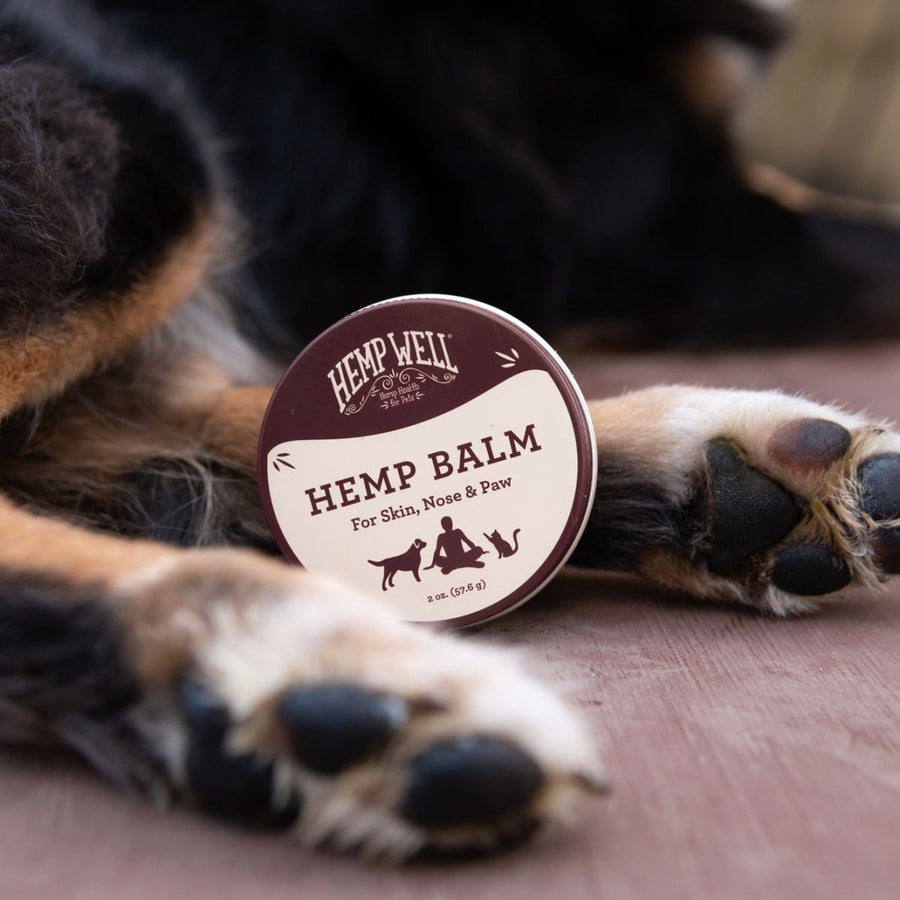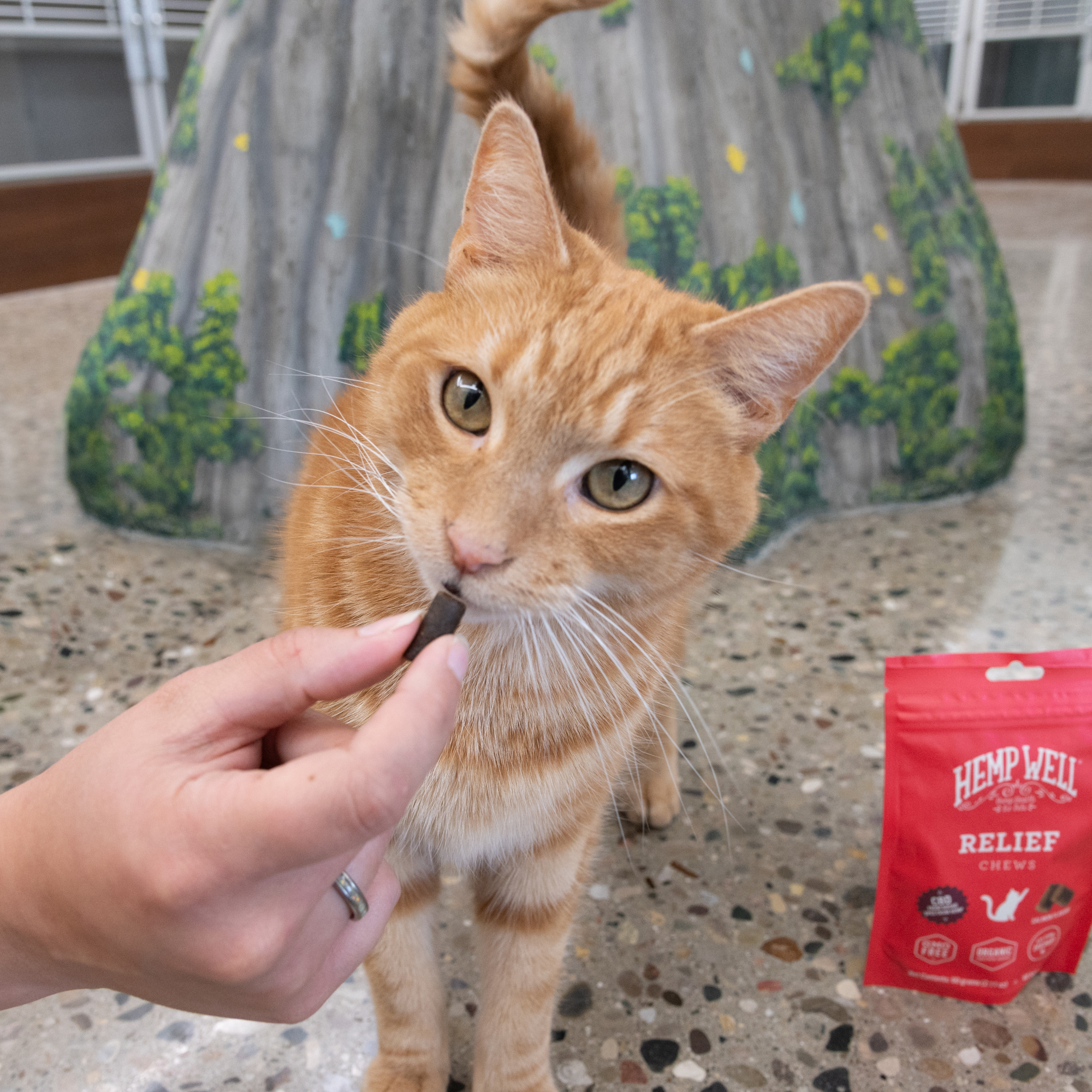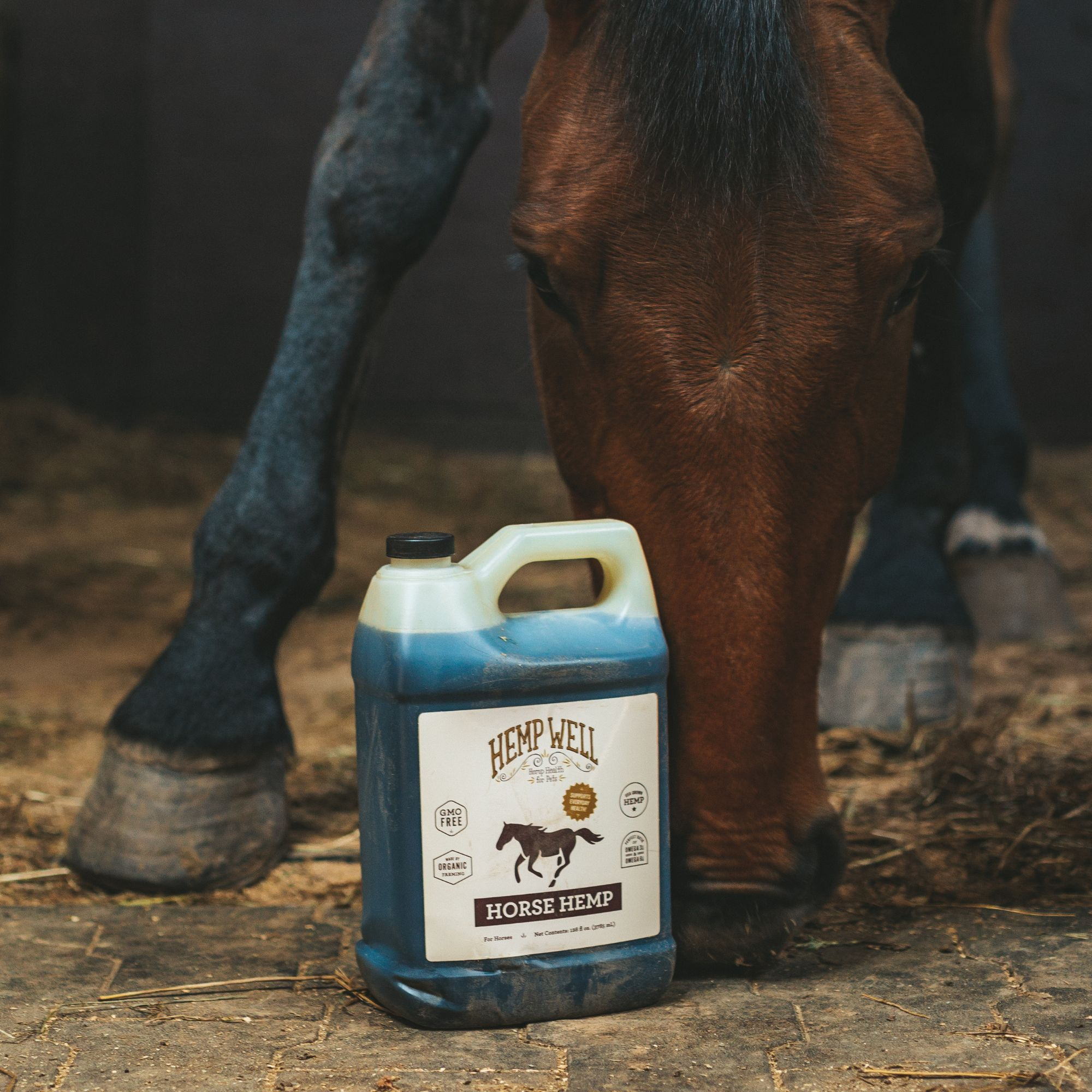Why cats were once issued passports
Ship cats were valued members of the crew in the mid-20th century. They were skilled rodent catchers, and their presence helped control the population of rats and mice on ships. These pests were notorious for damaging supplies and spreading diseases, so having cats aboard was essential to the safety of the crew.
To acknowledge the cats' contribution and ensure their safety during international travels, they were given passports. These passports were not legally recognized, but they were a unique and lighthearted tradition. They typically consisted of a small booklet with pages that included the cat's name, description, and an area for their paw print.
When a ship cat passport was presented to the authorities at a foreign port, it was a fun way to document the feline's presence onboard. The cat's paw print, obtained using ink or paint, was added to the designated page, providing a personalized and whimsical touch to the document. This practice not only amused the sailors but also showcased the camaraderie they shared with their feline companions.
The ship cat passports symbolized the close bond between humans and their feline shipmates. They served as a reminder of the cats' essential role in maintaining a clean and rodent-free ship, thus safeguarding the crew's provisions and health during long sea voyages.
However, as the mid-20th century progressed and maritime practices evolved, the reliance on ship cats diminished. The advent of more effective pest control methods made them less necessary, and the tradition of issuing passports gradually faded away. Nevertheless, the memory of these seafaring felines and their unique passports continues to fascinate and entertain those interested in maritime history and the unique relationships forged between humans and animals at sea.








